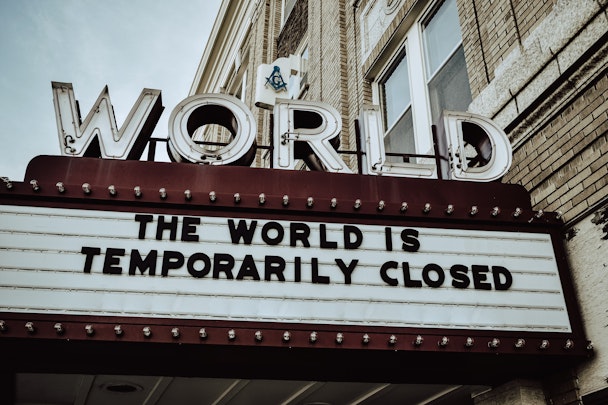How Indian brands rewired their communication strategy between the two waves of the pandemic
Sapna Arora, regional head for Olx Autos Brand for India, South America and Indonesia, traces the evolution of communication between the two waves of the pandemic in India. “While in the first wave, brands were unprepared, and the messaging veered around hand hygiene, social distancing, and celebrating frontline warriors, the second wave, in contrast, has been more about fortitude and showing compassion, addressing anxieties and physical well-being”, she says.

Evolution of the communication playbook
The second wave of the Covid-19 pandemic has shattered the bubble of complacency that many nations and markets had got into, including India. At a time when a reboot looked certain, lockdowns started looming large. Amid this deeply challenging reality, the job of marketers has become even tougher - as they try to put up a balancing act around building trust, remaining subtle and conveying positivity.
During any momentous crises, businesses are expected to pitch in, lead with facts, act with empathy, and provide trustworthy content. The erratic and changing waves of the pandemic have made the cycle even more fickle - the first wave hit, then waned and then returned with a vengeance.
The evolving communication playbook
Last year, the efforts were more towards containment and educating the consumers about the dos and don'ts of this new-to-the-world disease. In contrast, given the penetration and surging numbers in India, what’s at the forefront right now is winning the battles for vaccination and oxygen supplies, fighting mental health, loneliness and Covid fatigue. Thus affirmative storytelling, with brands showing purpose, is at the heart of the new marketing campaigns. The communication is altered, and more partaking in consumers’ personal struggles now.
How it evolved from the first wave
During the first wave, brands were unprepared, and the messaging veered around hand hygiene, social distancing, and celebrating frontline warriors. The second wave, in contrast, has been more about fortitude and showing compassion, addressing anxieties and physical well-being. As healthcare capacities got overwhelmed in the second wave, corporate launches were held back, and brands diverted resources to augment health facilities, address vaccine hesitancy and provide succour to those impacted.
Brands have started aligning their businesses with causes that are important for the larger good, and hoping to project authenticity at a time when real lives matter. Mental health issues, such as coping with loss and fear, are being universally felt. A recent survey by Deloitte, titled “Global Consumer Tracker”, found that India ranked the highest among 18 countries in terms of anxiety during the second wave of the pandemic. Celebrities have started talking about it and it has helped to normalise conversations around mental health. Some have addressed the issue directly, while others are doing with subtle narratives that show compassion.
Influencers hold sway this time
Another distinctive trend during the second wave is that of influencer marketing, popular on digital platforms. With all events, from fitness classes to social happenings migrating online, digital media and influencer marketing are now mainstream. Beauty, skincare and fashion platforms, like Nykaa and Amazon, for instance, were the first to leverage the rising appeal of influencer marketing to push traffic to their websites, via swipe stories options. Influencers, with large followings and a hang on what works online and what gets viral, are enhancing brand storytelling. A study conducted by AI-driven influencer marketing platform ClanConnect found that more than half (58.7 per cent) of Indian CMOs have dedicated budgets for influencer marketing in 2021.
Influencer campaigns have the advantage of connecting better, as the stories look real, and the messaging is conveyed from the problem-solving, DIY perspective. Even start-ups in finance and healthcare have been drawn to this route that resonates better with the masses and is also most cost-effective.
Branding in the second wave is more than just the face of the brand. Misinformed forwards grow with amazing alacrity on unregulated, social media platforms. Reliable brands offering trustworthy content is one way to fight this malaise, which in turns helps brands emerge as loyal champions of the larger cause.
Marketing cannot afford to be tone-deaf
A strong signal to the industry was the cancellation of the Indian Premier League (IPL). The cancellation of this mega-event that moves the marketing needle for multinational behemoths as well as start-ups signalled that the community pain points need to be addressed first before continuing with business as usual. It has led to a recalibration of advertising budgets and media plans and also added a thick layer of uncertainty which the IPL in 2020 was able to quash to an extent. This time it is different.
Change is the anthem of the times. Covid has made us aware of change and volatility, and the importance of resilience, gratitude and empathy. For brands, this is the time to authenticate their messaging to appeal to the widest audiences. The extent to which a brand stands for more than just making money establishes a lasting connect and many brands are trying to get there with some success.
Sapna Arora is regional head for Olx Autos Brand for the region (India, South America and Indonesia).
